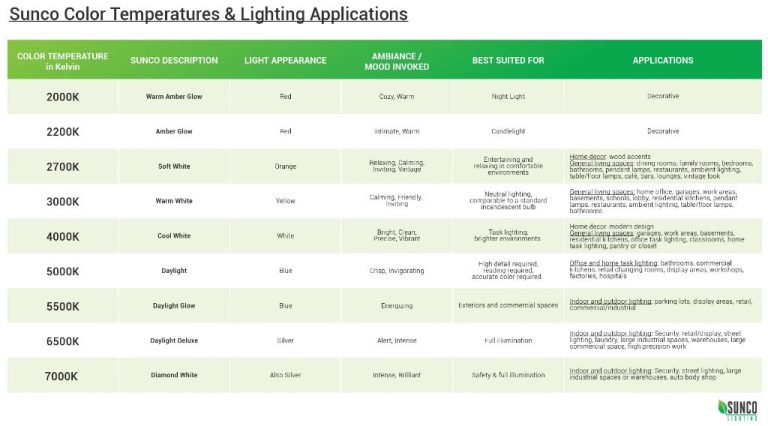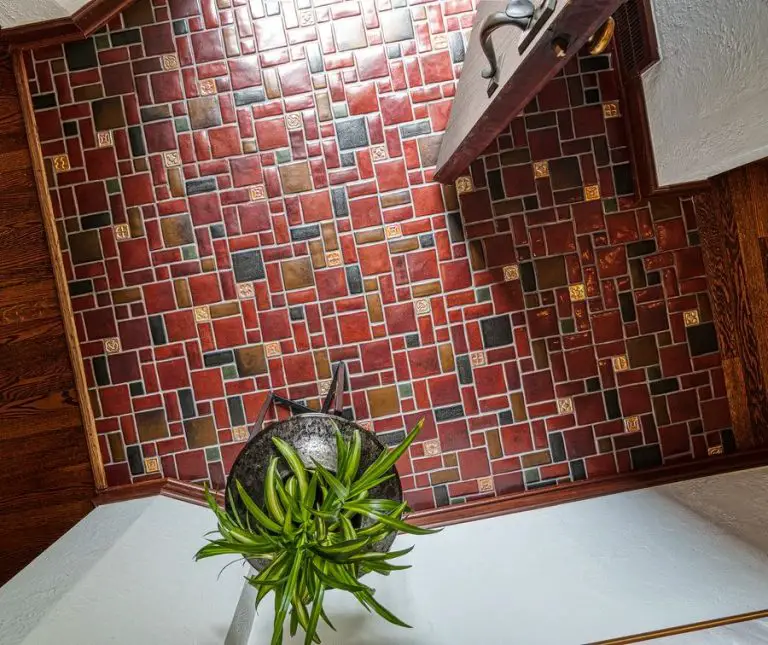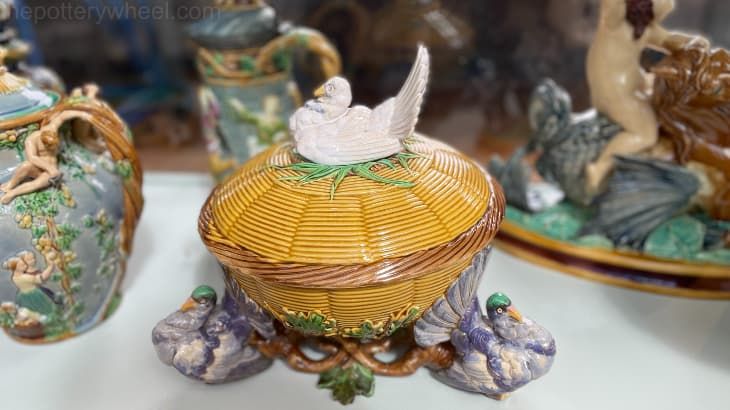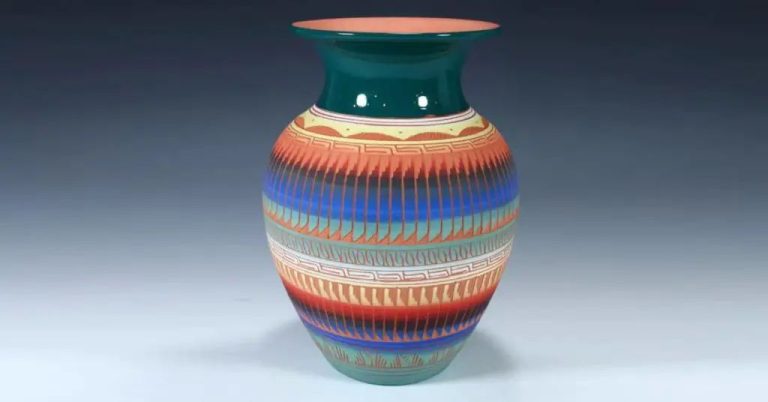Clay Types Demystified: Finding Your Perfect Match
Clay is a versatile material that has been used for centuries in pottery, sculpture, and construction. There are several types of clay, each with their own unique properties that make them suitable for different applications.
The most common types of clay include earthenware, stoneware, porcelain, terracotta, and modeling clay. Earthenware is porous and brittle, best suited for items like flower pots and decorative pieces. Stoneware is stronger and non-porous, ideal for kitchenware and containers. Porcelain is highly refined and fired at very high temperatures, valued for its whiteness and translucency. Terracotta is an unglazed, orange-red earthenware made of clay and water. Modeling clays are designed for sculpting and shaping.
This article explores the defining characteristics of the major clay types. It will help readers understand the differences between clays so they can select the proper clay for their specific needs and project goals. Whether you want to make functional pottery, delicate sculptures, or architectural terra cotta, this guide will demystify the wide world of clays.
Properties of Clay
Clay is a type of fine-grained natural soil material that contains minerals such as kaolinite, montmorillonite-smectite, illite, and chlorite. The key properties of clay that determine its applications include:
- Plasticity – Clay is plastic and can be molded when wet, then hardens when dried or fired. Plasticity allows clay to be shaped into various forms.
- Firing temperature – Different clays require firing at different temperatures to permanently harden them, ranging from earthenware (fired at lower temps) to porcelain (high-fire).
- Absorbency – Clay can absorb significant amounts of water, making it ideal for products like pottery that need to hold liquids.
- Shrinkage – As clay dries and is fired, it shrinks in size to varying degrees based on the clay type.
- Strength – When fired, clay becomes harder and more durable. Porcelain clays develop the highest strength.
- Color – Natural clay deposits have different colors based on mineral content. The final color shifts during firing.
Understanding these key properties allows potters and ceramicists to select the optimal clay type for their desired outcome. For example, porcelain’s high plasticity, strength, and whiteness make it ideal for delicate tableware, while earthenware’s lower firing temperature suits hand-shaped pottery.
Earthenware Clay
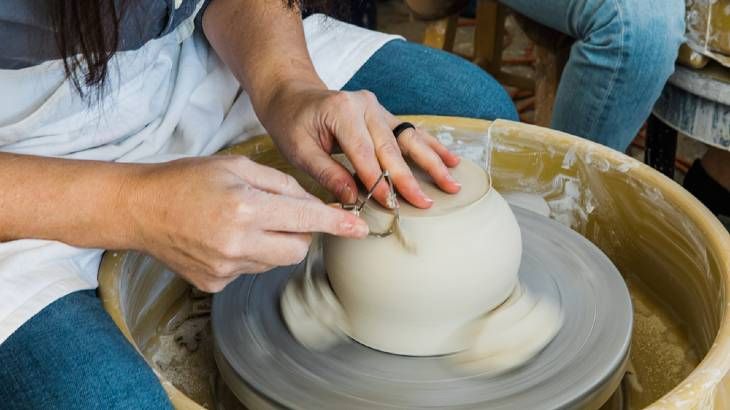
Earthenware clay is made from clay, quartz, and feldspar that has been fired at lower temperatures, typically between 1000°F – 1200°F. It is porous and permeable to liquids which makes it ideal for flower pots, vases, and other decorative pieces. However, it cannot hold water. Some of the key properties of earthenware clay include:
- Low firing temperature
- Porous and permeable
- Cannot hold water
- Not as durable as stoneware or porcelain
Earthenware has been used for thousands of years to create pottery and ceramic items. Some common examples are terra cotta flower pots, decorative vases and bowls, and tile murals. While not as strong as stoneware or porcelain, earthenware is cheaper and easier to work with. Its porosity allows glazes to penetrate the surface creating colorful finishes.
For more details on earthenware clay, check out this guide: https://potteryhelp.com/what-is-earthenware-clay/
Stoneware Clay
Stoneware clay is dense, nonporous, and vitreous. It is fired at high temperatures between 2,200°F and 2,400°F, which causes the clay to become nonabsorbent. Stoneware has low shrinkage and is excellent for creating functional pottery like mugs and dishes that are impervious to water. It comes in colors like grey, blue, beige, white, and brown.
The high firing temperature gives stoneware strength, durability, and resistance to scratching. It has very low porosity, so it won’t absorb water and can withstand freezing temperatures without cracking. Common uses for stoneware clay include ovenware like casserole dishes, vases, canisters, and crockery [1].
Some examples of stoneware pottery include jugs, mugs, plates, and serving bowls that are practical for daily use. The clay maintains its shape and sturdiness when fired at high heat. Many potters glaze stoneware to make it nonporous and suitable for holding liquids [2].
Porcelain Clay
Porcelain clay is renowned for its white color, translucency, and strength when fired at high temperatures. It is made from kaolin clay that has been fired at temperatures between 2,200 and 2,500 degrees Fahrenheit. This intense heat fuses the clay particles together to create a nonporous, vitreous and glass-like structure.
Some key properties of porcelain clay include its high plasticity which makes it easy to work with, as well as its strength, hardness and low porosity after firing. Its white color and translucency provide an ideal canvas for glazes and decorations. Porcelain can replicate fine details and hold its shape well after firing.
“Porcelain’s qualities enable the creation of thin, delicate pieces and crisp details not easily achieved in stoneware or earthenware clays” (https://www.soulceramics.com/pages/porcelain-clay).
Porcelain is commonly used for sculptures, figurines, tableware, vases, and other decorative objects. It works well for intricate pieces with slim parts and slender appendages. Porcelain also provides an excellent base for colorful overglazes. Many porcelain bodies can be fired multiple times to apply decorations.
“The translucency and white color make porcelain especially suitable for use in jewelry, flowers and leaves, and lifelike animal figures” (Shaping the Earth: The Art of Porcelain Clay, p. 15 https://www.calameo.com/books/007331845dc4ebc5be83b).
Terracotta Clay
Terracotta clay is an ancient type of earthenware clay that dates back thousands of years. It has a distinct orange or red-orange color due to its high iron oxide content. Terracotta has medium plasticity and a coarse texture. It can be molded when wet but becomes very brittle and fragile when fired at high temperatures between 1000-1150°C (1830-2100°F).
Some key properties of terracotta clay are:
- Medium plasticity – can be molded when wet but not extremely flexible
- Low shrinkage and minimal warping
- Porosity allows airflow and absorption
- Durable with low thermal conductivity
- Distinctive red-orange hue
Terracotta is most commonly used for pottery, sculpture, and architectural decoration. Its porosity makes it ideal for plant pots and containers. It is also weather resistant and durable for outdoor use. Some famous examples of terracotta art and decoration include Greek Tanagra figurines, Italian Renaissance sculptures, and elaborate Indian temple carvings. Terracotta pots and vases have also been found dating back to ancient Egypt and China.
Modeling Clay
Modeling clay, also known as plasticine, is made from non-drying oil-based clays. It has a smooth, malleable consistency that makes it ideal for sculpting and molding. Modeling clay retains its shape and does not harden when left in the air (1).
Some key properties of modeling clay include (2):
- Plasticity – it can be shaped into various forms without cracking or crumbling.
- Workability – modeling clay is very soft and easy to manipulate by hand.
- Non-drying – it remains malleable even when exposed to air, so models do not have to be baked or fired.
- Reusability – leftover clay can be re-kneaded and reused.
Modeling clay is commonly used for arts and crafts, model making, claymation, prototypes, and teaching art to children. It allows for an intuitive sculpting experience without the constraints of traditional pottery clays. Popular brand names include Play-Doh, Sculpey, and Plasticine.
With its versatility and forgiving nature, modeling clay is a great choice for beginner sculptors or casual crafting. It provides endless creative possibilities without the messiness of water-based clays or need for special tools and equipment.
(1) https://eprints.soton.ac.uk/469386/
(2) https://scisoc.confex.com/crops/2010am/webprogram/Paper61437.html
Choosing Your Clay
When selecting the right clay for your project, it’s important to consider the desired properties and firing temperature. According to this source, you’ll want to think about the end product, cost, and skill level required for working with the clay.
For items that need to hold water, like mugs or vases, a less porous stoneware or porcelain is a good choice, while earthenware works well for decorative plaques. If you’re new to pottery, a versatile mid-range stoneware clay is easiest to work with. Porcelain requires more skill to throw and fire properly.
The desired firing temperature also determines what type of clay to use. Earthenware fires at lower temperatures, while stoneware and porcelain need higher heat. Your kiln specifications will inform what clays are compatible. According to The Spruce Crafts, experimenting with different clays is the best way to find one perfect for your needs and style.
Working with Clay
When working with clay, there are some useful tips to keep in mind for properly preparing, storing, conditioning, and recycling your clay:
Clay often needs to be conditioned before use. Let the clay sit out for 10-15 minutes to lose chill. Then knead the clay until soft and pliable, adding water sparingly if needed.[1]
Keep clay moist in an airtight container or plastic bag to prevent drying out. Consider using a damp sponge or paper towels to maintain moisture.[1]
When clay is too soft, let it sit exposed to air briefly to stiffen. When clay is too firm, condition again by kneading in water.
Avoid overworking clay as it can trap air bubbles. Take breaks to allow clay to rest when needed.
Clay scraps can be rehydrated and reused. Knead in some water and mix thoroughly to recycle old clay.
Let air-dry clay pieces dry slowly, at room temperature, to prevent cracking. Fire kiln-dried pieces according to specifications.
Work on a nonstick surface and keep tools clean while working to prevent clay from sticking.
Conclusion
In summary, understanding the unique properties of the different clay types allows you to select the best clay for your pottery projects. Earthenware, stoneware, porcelain, terra cotta, and modeling clay all have their strengths and ideal uses. Earthenware is great for beginners as it is easy to work with at lower temperatures. Stoneware is versatile, durable and good for functional pieces. Porcelain clay is smooth, white and excellent for intricate sculpting. Terracotta is affordable, readily available, and suitable for garden sculptures. Modeling clay is fun for sculpting and does not require firing. By evaluating the color, texture, working properties, firing temperature and intended purpose, you can determine the perfect clay type for your needs. Knowing what each clay has to offer gives you confidence in choosing the ideal clay for your next pottery piece.

